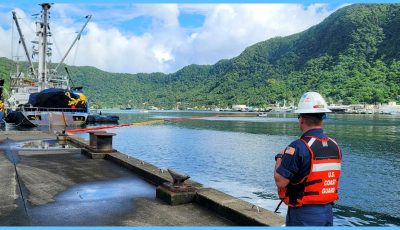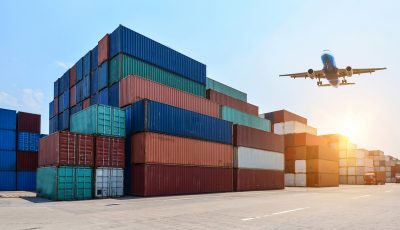Pacific regional fuel prices are increasing again
SUVA, Fiji—For the past 10 months, Pacific Island countries and territories have enjoyed falling petroleum prices but there are indications that the region should prepare for rising fuel prices.
Assessments by Economic Development Division of the Secretariat of the Pacific Community show that between July 2014 and May 2015, annual savings for the region were $1.5 billion based on total regional fuel volume.
Meanwhile, the fall in fuel prices was in the order of $50 per barrel (representing a 45 percent drop in the underlying costs), but there were marked differences in the benefits gained by each country.
“These savings, coupled with innovative thinking and political support, could be invested in renewable energy and energy efficiency to reduce fossil fuel dependence,” SPC Deputy Director of Energy Solomone Fifita said.
For example, American Samoa, Samoa and Tonga enjoyed the benefits of falling fuel prices with very little delay because their respective fuel price regulation systems are adjusted monthly and directly reflect what is happening in the Asian supply market, Fifita explained.
Fuel pricing regulation in these three countries is achieved after extensive negotiations with fuel suppliers to achieve fair and equitable pricing.
Fiji, although it regulates its fuel price with a similar system, only adjusts its fuel prices every three months. The country therefore experienced delays in realizing the benefits from the price decline. Conversely Fiji is also sheltered from price rises for the next few months, Fifita said.
More recently the price of crude oil has been gaining momentum, which is expected to continue over the next few months with Dated Brent standing at $65.28 per barrel as of May 19, 2015.
The price of crude has moved higher since March due to slowing United States’ production, unexpected refinery turnaround, a weakening U.S. dollar, and growing instability in the Middle East.
The crude price is at a four-month high, after falling from previous highs above $110 per barrel in July 2014, but SPC believes it is unclear whether oil prices will remain at this level.
Oil prices have increased significantly in recent weeks and market momentum could send prices higher, especially if refinery production slows further or if the unrest intensifies in the Middle East.
Refineries also could face unexpected problems, which could lead to regional fuel price spikes.
Monthly comparisons indicate that some motorists in the Pacific region are paying noticeably more at the pump compared with one month ago for gasoline (unleaded petrol).
The recent increase in retail prices is related to regulated pricing regimes that makes retail prices reactive to the movement of international oil prices.
This month-on-month price adjustment allows retail prices to be tagged to international prices so that any increase or decrease is promptly reflected in the local retail price.
SPC’s latest fourth quarter 2014 Pacific Fuel Price Monitor covers the period October to December 2014 and indicates that crude prices fell from $110 per barrel in July to below $60 per barrel in December.
“This late 2014 decline in international oil prices should have translated to a reduction of at least $0.32 cents per liter in retail prices in Pacific Island countries and territories,” SPC petroleum adviser Alan Bartmanovich, said.
“However, many Pacific Island countries and territories didn’t benefit from this reduction and we’ve observed that some countries continued to have high retail fuel prices even while international oil prices were falling. Those countries that did not enjoy the full decrease in fuel prices to date should not be experiencing the latest fuel price rises,” Bartmanovich said.
SPC is currently assisting Tonga and Cook Islands to review their fuel pricing templates in order to achieve lower, more equitable prices.
Recognizing the need for Pacific Island countries and territories to have a better understanding of their pricing regime and make sound decisions when regulating fuel prices, SPC is developing a Pacific Islands Fuel Pricing Manual, which aims to assist anyone involved with fuel pricing to understand fuel pricing systems that are currently used within the Pacific Islands fuel industry.
The pricing manual will be launched during regional renewable energy workshop in July in Hawaii. (SPC)




























